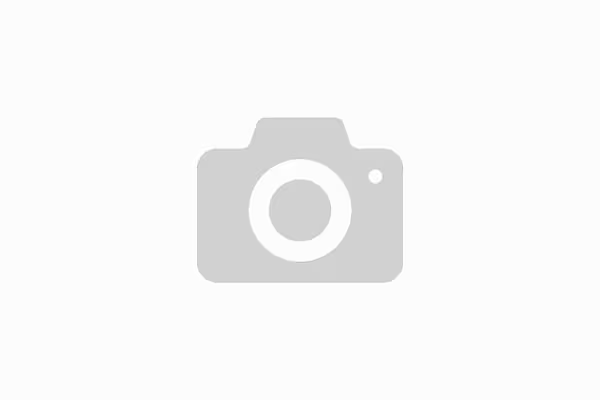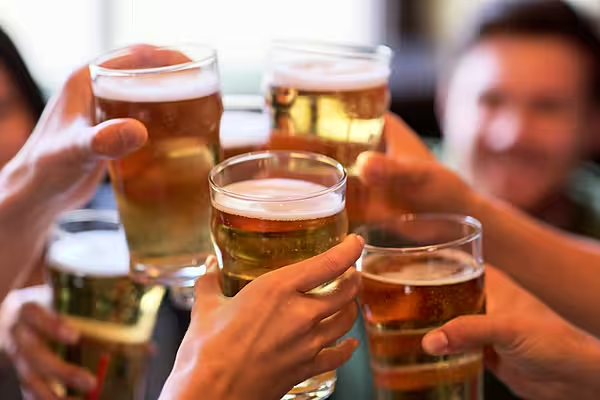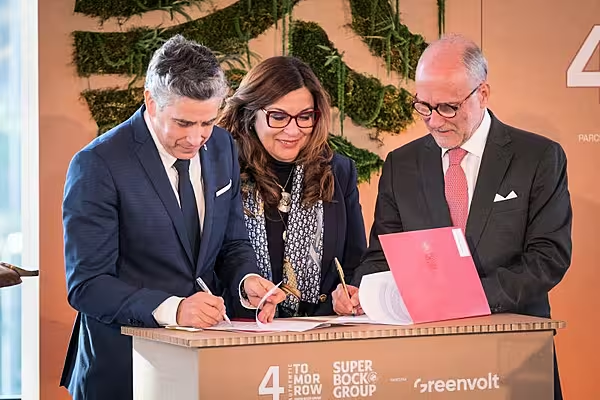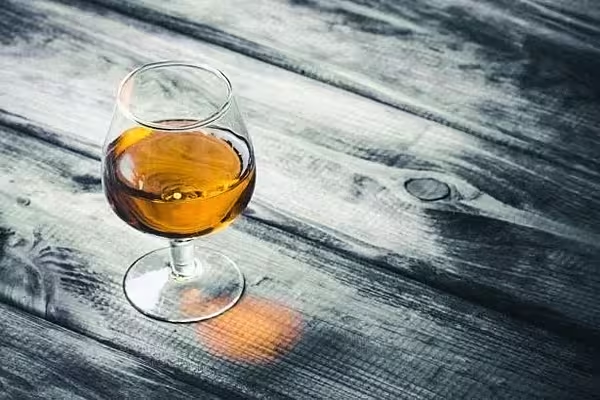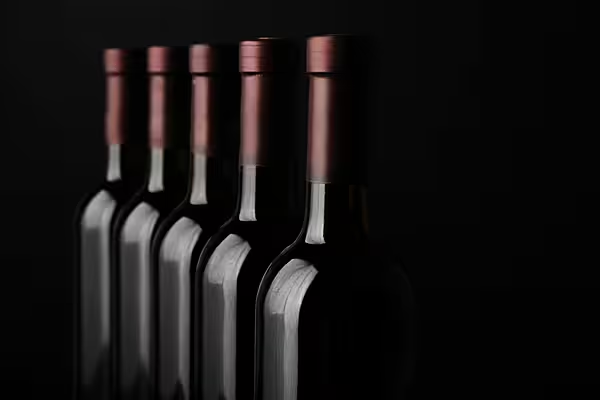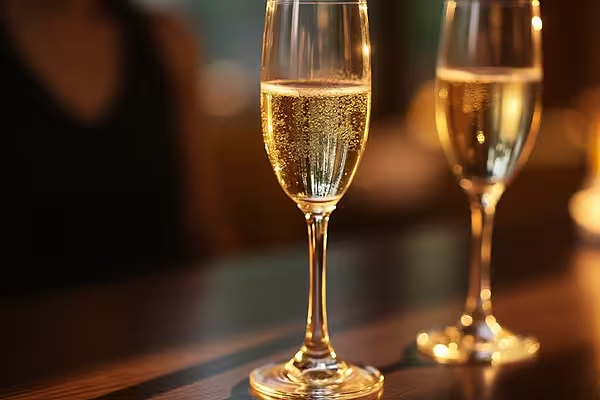Sitting outside the ramshackle Vimba Tavern in Johannesburg's Alexandra township, Patrick Mashego swigs from a one-litre bottle of Carling Black Label, South Africa's most popular beer.
Rolled out by AB InBev across the country this year, the large bottles are part of a plan by the world's biggest brewer to lure price-conscious South Africans to its mid-market beers and away from bargain rivals or home brews.
Profit Increases
AB InBev's move marks a departure from its typical playbook of increasing margins and profits principally through higher prices and rigorous cost control – tactics honed through its close association with private equity firm 3G Capital.
It is also the clearest sign yet of how AB InBev aims to conquer the rest of Africa after getting a major foothold on the continent by buying its biggest global rival, SABMiller, in 2016.
On a continent where the average person drinks ten litres of beer a year – compared with 75 litres in the United States and 66 litres in Brazil – establishing its premium brands and selling high volumes of mid-tier beers will be key, as will breaking into countries dominated by other brewers.
More Visibility
"Clearly, there's room for making our products more present. That's definitely a big part of our efforts here," said Ricardo Tadeu, AB InBev's Africa zone president. "In comparison to where we have been, these markets are still being developed."
AB InBev is trying to protect and expand its mid-tier brands with the help of discounting and promotions, as they will be its workhorses during the time it takes its premium international lagers Budweiser, Stella Artois and Corona to gain market share.
Because AB InBev already has a range of premium beers for the high end of the South African market, it is also freer than SABMiller to push brands such as Carling and Castle deeper into the mainstream market.
At the Vimba Tavern, Mashego, 33, who spends most of his day scouting for recyclable rubbish to make a living, seems sold on AB InBev's strategy. At 19 rand ($1.54) for a one-litre bottle, Mashego is paying about 20% more than he would for a 750ml bottle, but he gets a third more beer.
"This is all I drink now," said Mashego, sitting next to a friend, also swigging beer from a one-litre bottle.
Major Prize
SABMiller's African presence was considered the main prize in AB InBev's $107 billion acquisition of the world's second-biggest brewer, given the potential for growth on the continent, as beer sales in other regions stagnate.
Bernstein analysts estimate the African beer market was worth $10.8 billion of net revenue in 2016, or 7% of the global total, and they see it as the world's most attractive region for long-term volume and profit growth.
When AB InBev bought SABMiller, it cited forecasts that beer sales in Africa would grow by nearly three times the global rate between 2014 and 2025. About a fifth of the industry's revenue in Africa, and a quarter of the profits, come from South Africa.
As part of its new strategy, AB InBev is reinforcing its volume play with more frequent discounting for Carling and another local favourite, Castle, retailers say.
At the Zio liquor store in Sasolburg, 80 km (50 miles) south of Johannesburg, shoppers pushed trolleys laden with Castle on promotion last month for Freedom Day celebrations, to mark South Africa's first post-apartheid elections, in April 1994.
"It's a steal," said one shopper in the mining town, as he picked up an 18-pack next to a sign reading, 'Buy 12 and get 6 extra free.'
Promotional Activity
Even though AB InBev controls more than three quarters of the South African market, according to Euromonitor International, liquor store owners say that promotions have become more common than they were under SABMiller.
"We used to get them once every quarter. Now it's more like one a month," said one of five Johannesburg liquor store owners to tell Reuters that s/he had seen a jump since AB InBev took over.
Promotions were most intense towards the end of 2017, another liquor store owner said.
"There were deals almost on a weekly basis – crazy stuff," said the trader in Vanderbijlpark, near Sasolburg, adding that AB InBev appeared to be in "full-on war" with its closest rival, Heineken, in the run-up to Christmas.
The Dutch beer-maker, which controls 7% of South Africa's beer market, has been gaining market share since last year, mainly through its Heineken lager, which is a favourite among the country's elite.
It has been driving into the mainstream sector, too, with Soweto Gold, which it launched late last year, as well as a greater push for its more established Tafel brand. It is also rolling out different bottle sizes.
"Both AB InBev and Heineken are pursuing an ambitious growth agenda. With that comes quite intensive promotional activity," said Heineken's South Africa chief, Ruud van den Eijnden. "What you see is, increasingly, brewers use specific packs to do promotions."
Jumbo Bottles And Multipacks
UBS analyst Nik Oliver said that AB InBev generally puts more emphasis on value than SABMiller did. That means that it is more likely to initiate price rises across its beer range that can absorb promotions or discounts on specific products.
"Of course we discount and promote when it makes sense," said AB InBev's Tadeu, a 41-year-old Brazilian who has been with the company since 1995, "but the truth of the matter is, we never undermine net-revenue-per-hectolitre growth."
While AB InBev does not publish the scale of its price rises, revenue per hectolitre of beer sold after duties rose by 5% in South Africa last year, in line with inflation.
In the three months to 30 March, revenue per hectolitre rose at a "high single-digit" rate from a year earlier, AB InBev said. The company, as a whole, targets revenue-per-hectolitre growth above inflation and cost rises below inflation.
Oliver, from UBS, said that the big bottles were also a good way to drive sales in the near term with new drinkers, who would probably help push up margins further in the long run.
"It gets [price-sensitive consumers] into a brand, and then the view is that those people, over time, will probably also buy the smaller size, so work up that price ladder over time."
For Tadeu, the plan that AB InBev has adopted in South Africa – varied bottle sizes and packs, coupled with regular discounting, as well as the promotion of its premium beers – can serve as a blueprint for the rest of the continent.
"One thing we noticed is that, in Africa, in many of our markets, we still depended too much on one pack," he said.
After introducing one-litre bottles in South Africa, Tadeu said that other African markets should expect to see new variations.
"It's very good to have different packs," he said, "because you then always have something attractive for consumers in terms of promotions."
News by Reuters, edited by ESM. Click subscribe to sign up to ESM: European Supermarket Magazine.
